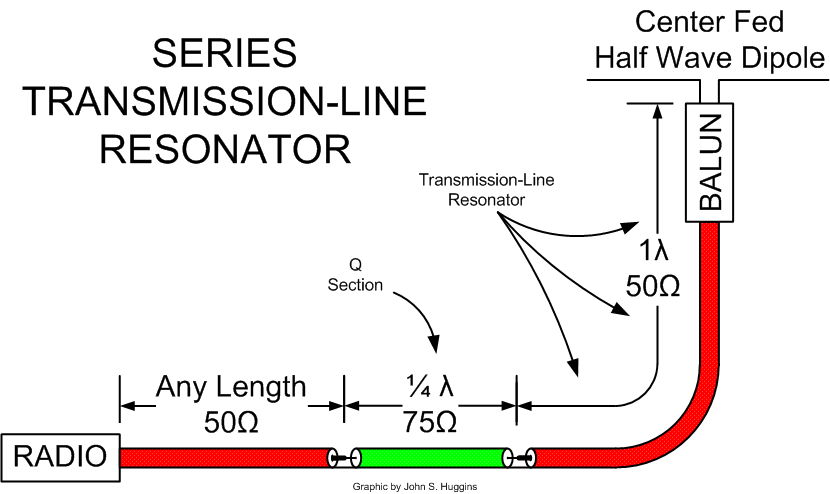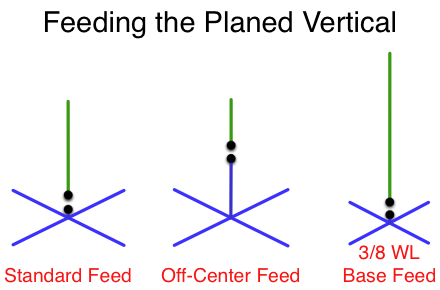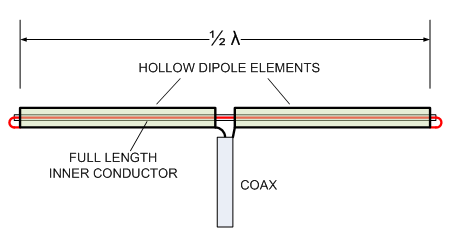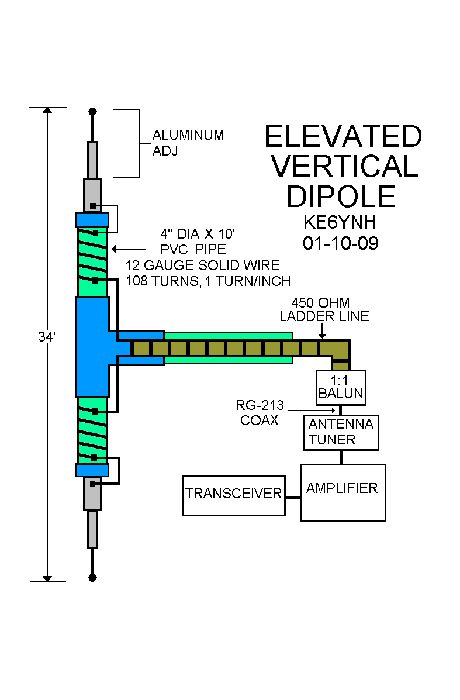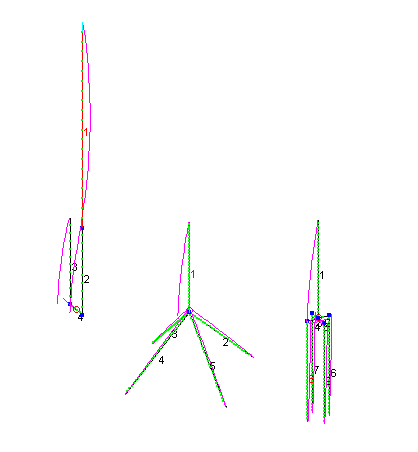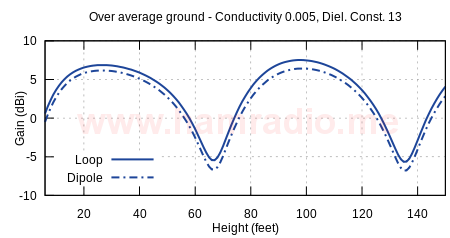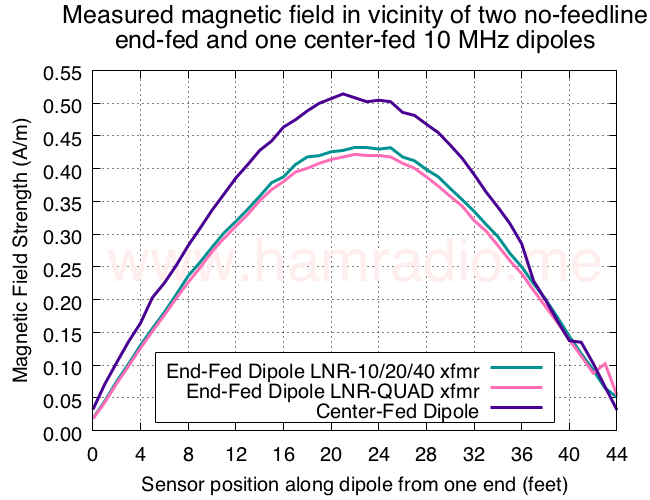Irrespective of the fact the solder-the-braid PL-259 connector is probably the worst RF connector conceived by the mind of man1 and the fact the spark shown in the video is in an area that should be a direct short, the video, shown below, wonderfully shows the ease with which static charge can build on a dipole antenna.
That’s not the point though. If we were to cut off the connector we would surely still see a spark from center conductor to shield. If the cable were near station ground we would expect a spark jump. That large a charge has to go somewhere.
The point is a wire, any wire, with most any wind blowing on it will build a static charge. We should keep this in mind as we design our antenna systems. Including a DC path to ground is prudent.
I cannot imagine a more teachable YouTube moment. Thanks to the poster for making this video available.
Informational Video on Static
Here is a link to a very old video which explains quite nicely where and how static charge occurs. It’s well worth the 20 minutes because, well, where else are you going to see people igniting gas fumes with static electricity generated in a remarkable number of ways.
Shocking Highlights include:
- Moving conductive liquids can generate static.
- Moving non-conductive liquids can generate static.
- Moving solid particles can generate static.
- Some gases lower the dielectric strength of the air.
- That cloud moving over you is trying to do you in.
- Lightning rods reduce the chance of lightning because their “points bleed off the static charge faster than they can accumulate.”
That last point is a mind-blower. Here all along I thought of lightning rod systems as something to merely manage the surge current and protect a building if and when it gets hit by lightning. It appears the rods additionally reduce the possibility of a strike… an idea which I, until I watched this video, could not back up with evidence or research. The video, at 17:26, demonstrates convincingly how the rods do reduce the potential… at least a little. If you are a lightning scientist, I sure would love to hear from you about this topic.
This video reminds me to maintain focus when filling plastic fuel containers or the car with fuel.
Real Life with Static
If you enjoy horror tales, you will enjoy some of the real static stories from the good folks at Repeater-Builder.com.2 Pop, sizzle, bang, pop, crackle… they’ve dealt with it all. The Yahoo email list and archive are a “must search” repository of how mother nature keeps repeater folks (and all radio users) on their toes.
73, John
References:
- Crimp on connectors have been the norm in many industries since at least the 1970s. I’m just ashamed it took me so long to figure this out.
- Repeater Builder’s Technical Information Page™
- Original link to the old “The Amazing Power of Static Electricity”
